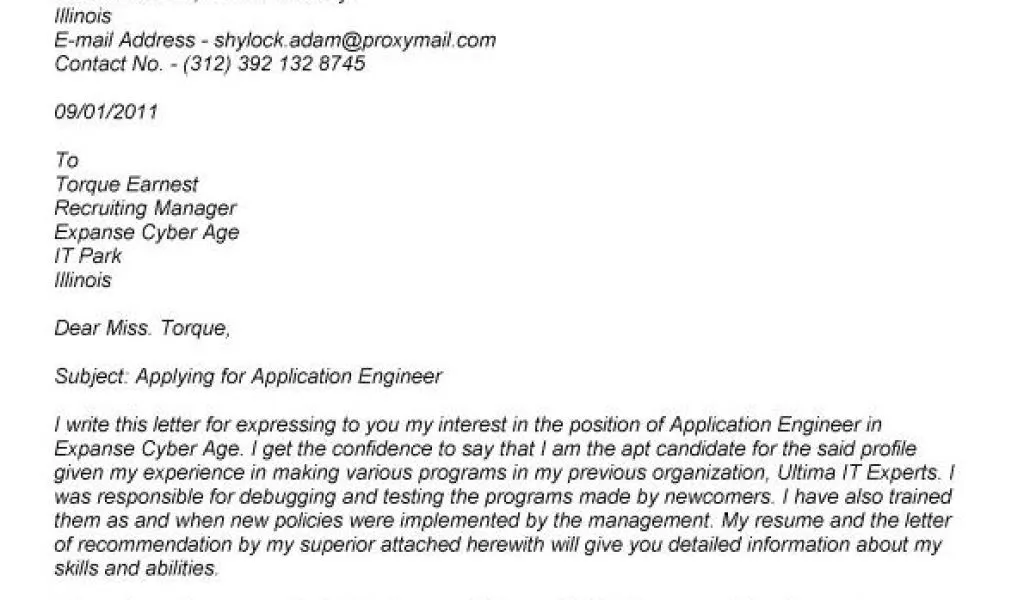Why Cover Letters Are Still Important
In the digital age, some might question the relevance of cover letters. However, a well-crafted cover letter remains a crucial tool in your job application arsenal. It provides a personalized introduction, allowing you to connect with the hiring manager on a deeper level than your resume alone. A cover letter demonstrates your communication skills, showcases your personality, and highlights your genuine interest in the specific role and company. It’s your opportunity to go beyond the bullet points and tell your unique story, making you stand out from the sea of applicants. A strong cover letter can significantly increase your chances of landing an interview and ultimately, the job, making the effort well worth it. Think of it as your first impression, setting the tone for your potential employment.
Understand the Purpose of a Cover Letter
The primary purpose of a cover letter is to introduce yourself to the hiring manager and express your interest in the position. It’s your chance to explain why you’re a perfect fit for the role and the company. Unlike a resume, which summarizes your skills and experience, a cover letter allows you to provide context and elaborate on your qualifications. It should demonstrate your understanding of the company’s needs and how your skills and experience align with their requirements. A cover letter should also highlight your enthusiasm for the opportunity, showing the employer that you’re genuinely interested in joining their team and contributing to their success. By clearly articulating your value proposition, you make a compelling case for why they should invite you for an interview.
Cover Letter Structure

A well-structured cover letter is easy to read and effectively conveys your message. The standard structure generally includes a header, salutation, opening paragraph, body paragraphs, closing paragraph, and a professional closing. Each section plays a crucial role in making your cover letter impactful. This structure ensures that your key points are clear, organized, and easy for the reader to follow. Adhering to this structure will help you create a professional and compelling letter that grabs the reader’s attention from the start and keeps them engaged until the end. It’s a roadmap that guides your reader through your qualifications and enthusiasm, ultimately leading them to want to learn more about you.
Header Section
The header should include your contact information (name, phone number, email address, and LinkedIn profile URL, if applicable) and the date. It’s important to include the recipient’s information as well, if you know the hiring manager’s name and the company’s address. A well-formatted header shows attention to detail and professionalism. This simple step ensures that the hiring manager can easily reach you if they decide to move forward with your application. Make sure the information is accurate and up-to-date, as this is the first point of contact that the recruiter will have with you, it needs to be right.
Salutation
Address the hiring manager by name whenever possible. Research the company website or LinkedIn to find the hiring manager’s name. If you can’t find a specific name, use a professional salutation like “Dear Hiring Manager.” Avoid generic greetings like “To Whom It May Concern.” Addressing the hiring manager by name shows that you’ve taken the time to research the company and that you are dedicated to the opportunity. A personalized salutation makes the cover letter feel more engaging and shows your level of attention to detail.
Opening Paragraph

The opening paragraph should immediately grab the reader’s attention. State the position you’re applying for and where you found the job posting. Briefly mention why you’re excited about the opportunity and what makes you a strong candidate. This paragraph should be concise and focused, setting the tone for the rest of the letter. It should also show your enthusiasm and the reason why you would be a good fit for the position, hooking the reader into wanting to continue reading and consider you for the role.
Body Paragraphs
The body paragraphs are where you elaborate on your skills and experience, providing specific examples of how you’ve met the requirements of the job. Highlight relevant accomplishments and quantify them whenever possible (e.g., “Increased sales by 15%”). Tailor each paragraph to the specific job description, demonstrating that you understand the company’s needs. Use action verbs and focus on what you can bring to the table. This section should be persuasive and well-organized, showcasing your qualifications and making the case for why you should be interviewed for the role. Use the job description as a guide to ensure that your examples align with the required skills and qualifications.
Highlight Your Skills and Experience
In the body paragraphs, focus on the skills and experiences that align with the job description. Analyze the job requirements and identify the key qualifications the employer is seeking. Provide specific examples of how you’ve demonstrated those skills in previous roles. Use the STAR method (Situation, Task, Action, Result) to structure your examples and provide clear, concise explanations of your accomplishments. Quantify your achievements whenever possible, using data and metrics to showcase your impact. By demonstrating your relevant skills and experience, you make a strong case for your suitability for the role. This is your opportunity to present yourself as a practical solution for the hiring manager.
Showcase Your Personality
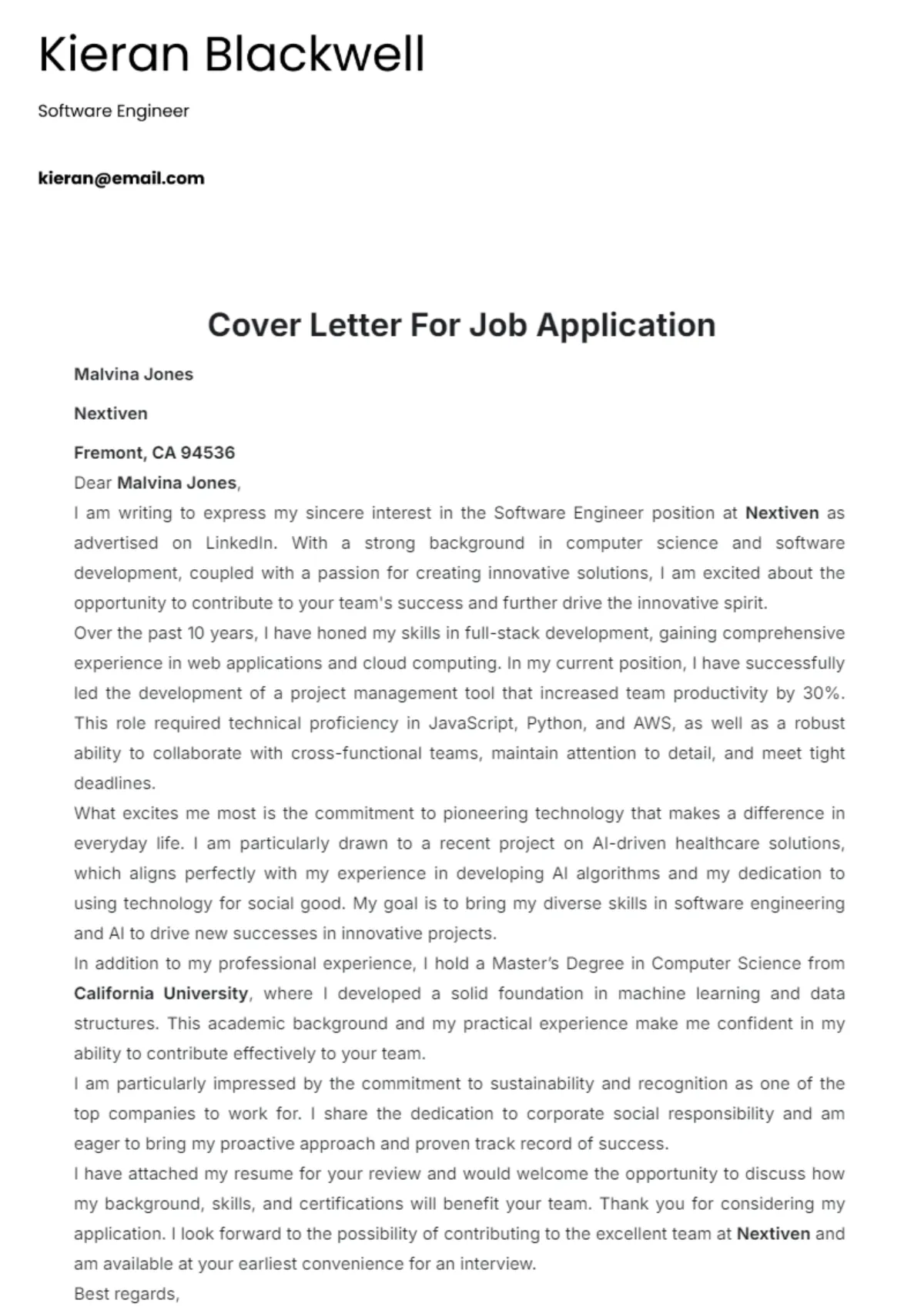
While highlighting your skills is essential, also let your personality shine through. This allows the hiring manager to get a sense of who you are beyond your qualifications. Use a professional tone, but don’t be afraid to let your enthusiasm and passion for the job come through. Show your personality by using appropriate language and by showing how you align with the company’s culture. By demonstrating your interpersonal skills and enthusiasm, you can make a lasting impression on the hiring manager and make them want to meet you. This can be done by sharing your understanding of the company’s mission, values, or recent work, showing them your genuine interest.
Closing Paragraph
Summarize your interest in the position and reiterate your key qualifications in the closing paragraph. Thank the hiring manager for their time and consideration. Express your enthusiasm for the opportunity and the possibility of an interview. This paragraph should be concise and memorable, leaving the hiring manager with a positive impression. This is the final opportunity to make a strong impact, so make sure your enthusiasm shines through to get the hiring manager excited about the possibility of interviewing you.
Call to Action
Include a clear call to action, such as inviting the hiring manager to contact you for an interview. Provide your contact information again, making it easy for them to reach you. By including a call to action, you make it easy for the hiring manager to take the next step in the hiring process, such as scheduling an interview. Make sure that you specify your preferred contact method. A clear call to action is a great way to end your letter and show the hiring manager that you are eager to move forward in the hiring process.
Professional Closing
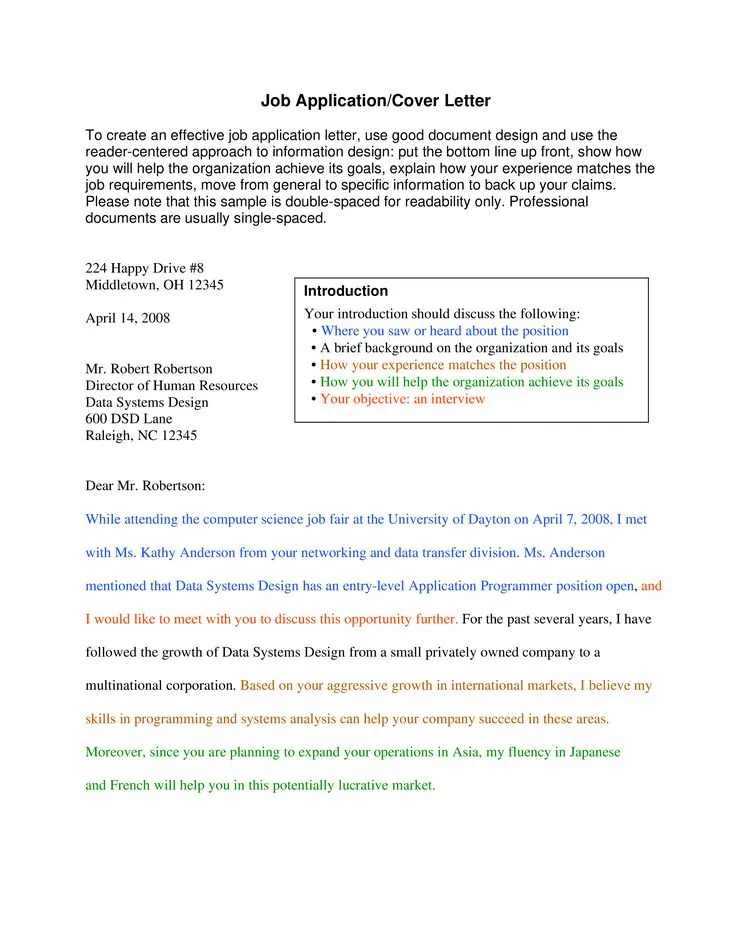
Use a professional closing such as “Sincerely,” “Best regards,” or “Thank you.” Avoid casual closings like “Cheers” or “Best.” Your closing sets a professional tone and concludes your letter appropriately. The proper closing establishes credibility and portrays the right impression to the hiring manager. A professional closing reflects your professionalism and attention to detail. Also, it’s essential to ensure your sign-off aligns with the tone of the rest of the letter.
Proofreading and Editing
Before submitting your cover letter, proofread it carefully for any grammatical errors, spelling mistakes, and typos. Have a friend or family member review it as well. Even minor errors can damage your credibility. A polished cover letter demonstrates attention to detail and professionalism. Make sure to review the document with fresh eyes and verify that all of the information is accurate and correct. It shows a commitment to quality and gives the recruiter or hiring manager the impression that you take your application and the job seriously. Proofreading is an easy step that can pay dividends, as it significantly impacts the overall impression you make.
Common Cover Letter Mistakes to Avoid
Avoiding common mistakes is crucial to ensure your cover letter is effective. These mistakes can significantly undermine your chances of landing an interview. Many of these errors can easily be prevented with careful planning and a focus on quality. Understanding these mistakes, and then proactively avoiding them, can make the difference between landing your dream job or being rejected.
Too Generic Content
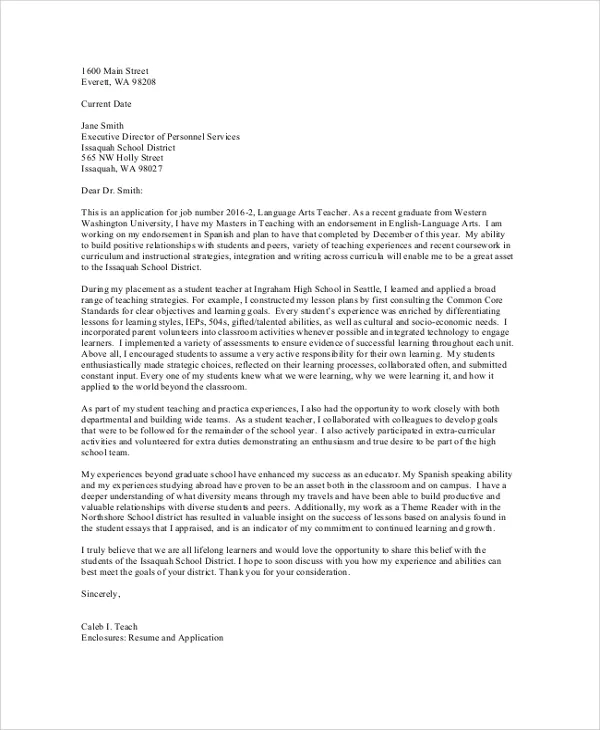
Avoid sending a generic cover letter that could be sent to any company. Customize your cover letter for each specific job and company. Make sure that your letter shows genuine interest in the role and the company, including how your skills and experience align with the job requirements. Generic letters often get ignored, as they fail to capture the reader’s attention. Tailoring your cover letter increases your chances of making a strong impression. Specifics will help you demonstrate your understanding of the role and company while highlighting why you are the ideal candidate.
Typos and Grammatical Errors
Typos and grammatical errors can make your cover letter appear unprofessional, which can cause the hiring manager to believe that you’re not detail-oriented. Always proofread your cover letter carefully and have someone else review it as well. A cover letter full of errors suggests that you don’t care enough to review your work. A polished cover letter shows attention to detail and professionalism. Even one small error can make a bad impression, and therefore, you should always double-check your work before you submit it. It demonstrates that you’re careful and takes your application seriously.
Focusing on Yourself Too Much
While highlighting your skills and experience is important, avoid making your cover letter all about yourself. Instead, focus on how your skills and experiences align with the company’s needs and the job requirements. Show the hiring manager how you can add value to their organization. Focus on the company’s needs and demonstrate how your skills and experience will contribute to their success. A cover letter that demonstrates the value that you can bring to the organization will be much more effective in getting you the interview.
Using Clichés
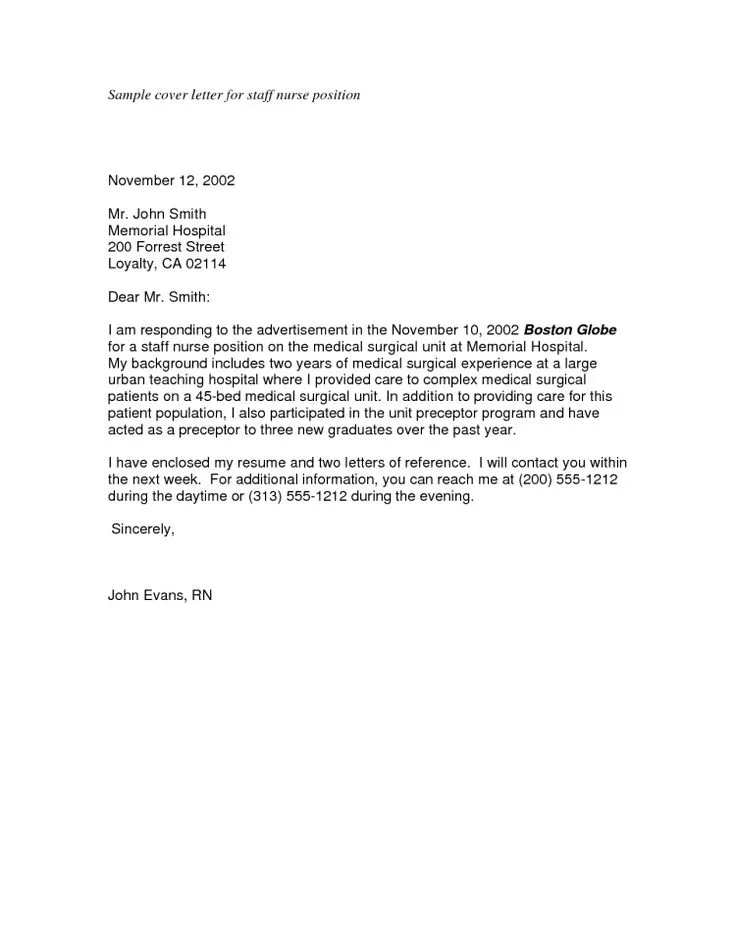
Avoid using clichés and overused phrases. These can make your cover letter sound generic and unoriginal. Instead, use original language and be specific about your skills and experiences. Choose your words carefully, opting for language that accurately and uniquely describes your skills. Demonstrating a clear and original writing style will make your letter more engaging and showcase your abilities. By eliminating clichés, you will stand out and be seen as a unique candidate for the position.
Tailoring Your Cover Letter
Tailoring your cover letter to each job application is crucial to demonstrate your interest and qualifications. This will help you stand out. Tailoring will make your cover letter relevant and shows that you have taken the time to do your research, which is a key element in the job search. It’s essential to demonstrate why you are the ideal candidate. It’s a way to demonstrate your passion and interest in the company.
Research the Company and Role
Before writing your cover letter, thoroughly research the company and the specific role. Understand the company’s mission, values, and recent activities. Review the job description carefully and identify the key skills and qualifications the employer is seeking. Understanding the role and how you fit in is essential. It also allows you to customize your letter to address the company’s needs. This will enable you to write a compelling and relevant cover letter. You can use this information to write a customized cover letter that is geared toward your targeted employer.
Customize for Each Application
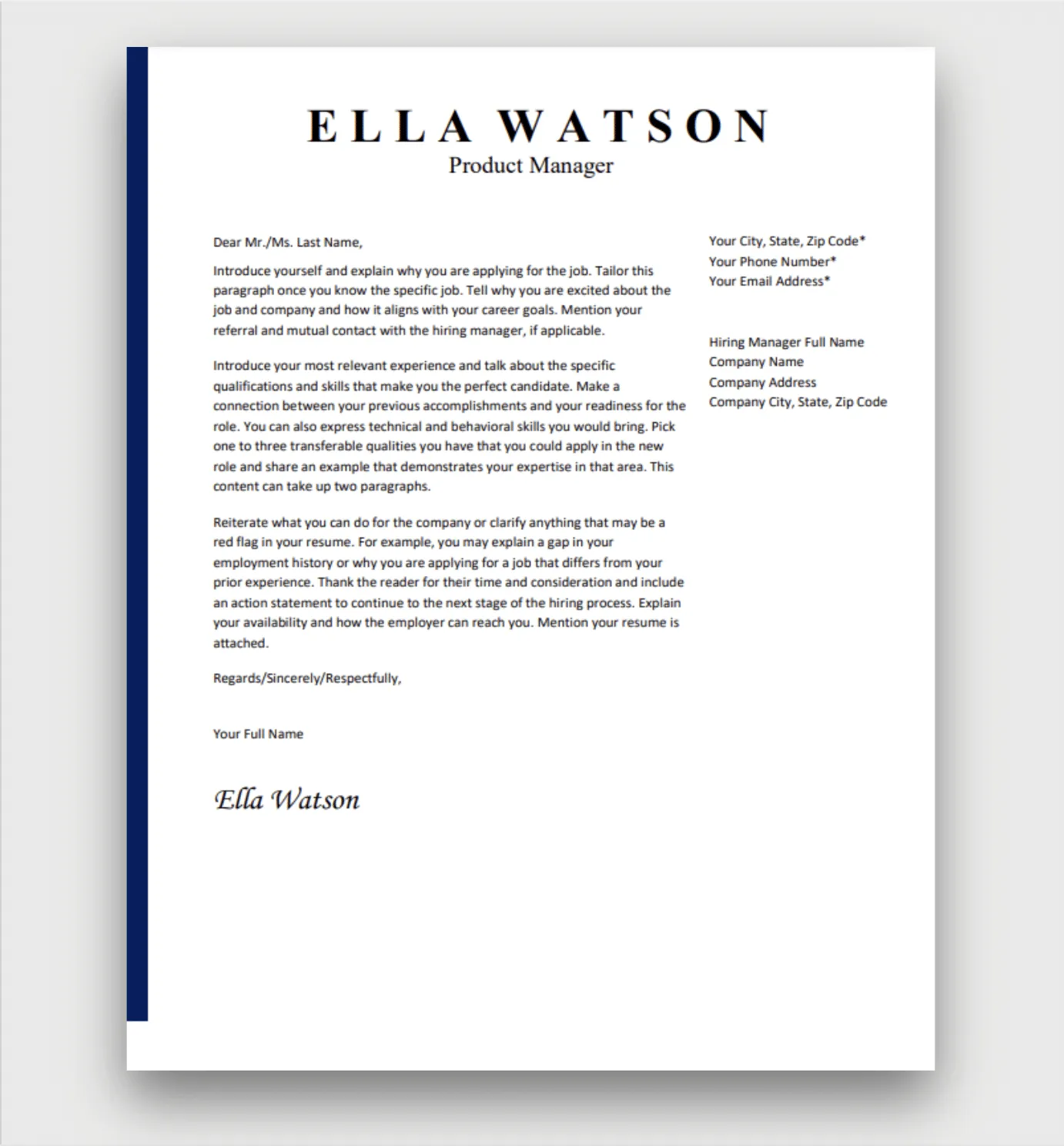
Avoid using a generic cover letter for multiple job applications. Customize each cover letter to match the specific job requirements and the company’s culture. Highlight the skills and experiences that are most relevant to the role. Show how your skills and experience align with the company’s needs. Using a generic letter shows that you have not taken the time to learn more about the organization. Tailoring your cover letter will show the hiring manager your specific interest in the role and the company. This shows the hiring manager that you are dedicated and serious about the opportunity.
Cover Letter Format
Proper formatting ensures that your cover letter is easy to read and presents you in a professional light. A well-formatted cover letter increases the likelihood of your message being noticed and read. The right format can improve readability and also reflect positively on your attention to detail and overall professionalism.
Font and Formatting
Use a professional and easy-to-read font such as Times New Roman, Arial, or Calibri. Use a font size between 10 and 12 points. Use standard 1-inch margins and single-spacing within paragraphs, with a blank line between paragraphs. Make sure the formatting is consistent throughout the letter. Proper formatting will ensure your letter looks neat and professional. This ensures a pleasant reading experience for the hiring manager. A properly formatted cover letter makes a favorable impression on the reader.
File Type and Naming
Save your cover letter as a PDF to preserve the formatting. Use a clear and professional file name, such as “YourName_CoverLetter.pdf.” Avoid using unusual characters or spaces in the file name. This ensures that your cover letter opens correctly on any device. A well-named and saved file makes it easy for the hiring manager to find and access your cover letter.
Cover Letter Examples for Different Roles
Different roles require different approaches to cover letters. Your cover letter should be adapted to the specific role you are applying for. These examples can help you customize your approach. Adapting the approach shows how you have a relevant understanding of the requirements. It is important to consider the specific qualifications the hiring manager seeks.
Entry-Level Positions
When applying for entry-level positions, highlight your education, internships, and any relevant skills you’ve gained through coursework or extracurricular activities. Emphasize your enthusiasm and eagerness to learn. Show that you’re a quick learner and eager to make a contribution. This will help you demonstrate your capabilities and fit for the role. Provide any relevant information about projects and experiences in your cover letter.
Experienced Professionals
For experienced professionals, focus on your accomplishments and quantifiable results. Provide specific examples of how you’ve contributed to your previous employers’ success. Highlight your leadership skills and your ability to manage projects and teams. Demonstrate your value and how you can add value to the organization. Show your expertise in the sector and highlight how you have succeeded in the past.
Career Changers
If you’re changing careers, explain why you’re making the switch and how your transferable skills can be applied to the new role. Highlight the skills and experiences that are relevant to the new industry. Focus on your passion and your willingness to learn. Your cover letter is an excellent opportunity to highlight the value that you bring to the organization, despite the change of career paths. It’s a good way to clarify your intentions and how your existing skills apply to the role.
